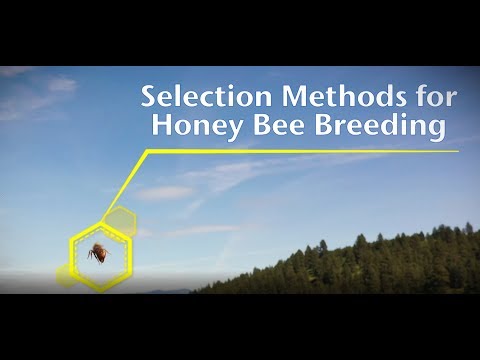2.2: My experience at WSU
- Page ID
- 29080
Washington State University (WSU) runs a well respected honey bee lab. It is set in Pullman, Washington a few hours outside of Spokane, Washington in the heart of wheat production country.
At WSU researchers Sue Cobey, Erin O’Rourke, Dr. Steve Sheppard and Dr. Brandon Hopkins lead a honey bee lab where they research and develop strategies in:
- Cryogenic freezing and preservation of genetic material
- Instrumental insemination of queen bees
- Brood assays to determine hygienic behavior
WSU collaborates with commercial beekeepers providing pollination services across the United States. WSU researchers work to produce and evaluate genetically diverse Carniolan queens, which they refer to as “New World Carniolans.” They also work with beekeepers across the world to collect and preserve genetic material from Europe, the Middle East and North Africa in an effort to increase the genetic diversity of queens in the United States. Due to a law established in the mid-1920s, beekeepers cannot bring new queens into the United States without authorization and clearance from the State Department.
WSU researchers collect drone semen and cryogenically preserve this genetic material to bring into the US. Here WSU artificially inseminates queens, creating “breeder queens” who are host to specific genetic traits brought in through the cryogenic preservation practice. Through this highly technical and scientific method, they are working to increase the genetic diversity and resilience of honey bees in North America.
In Summer 2019 I had the pleasure of attending their “Queen Rearing Symposium” to learn about the lab, the researchers and their work in the field. Here I was able to interview Melanie Kirby as she worked on her own honey bee queen mating research for her master’s degree, and see her work in action through the wider lens of the lab and the landscape of Eastern Washington state.
Learn more about WSU in this short video below.



